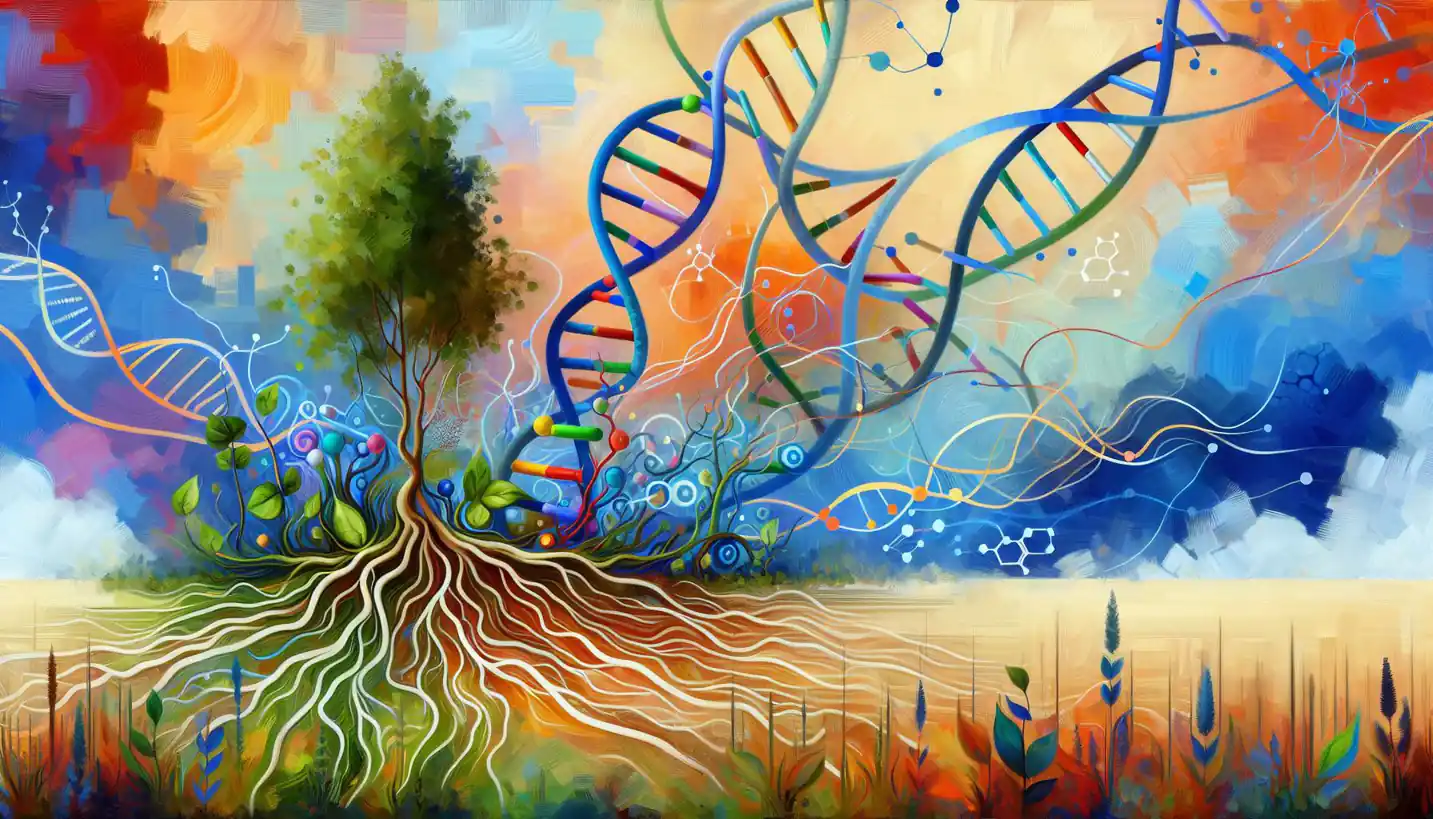· Biology · 4 min read
Amygdala: Unlocking the Brain's Emotional Powerhouse
The amygdala is a powerhouse for processing emotions, playing a pivotal role in response to stimuli. Discover its influence on our emotional behavior.

Once, while exploring the intricate landscape of the human brain, scientists stumbled upon a small, almond-shaped cluster of neurons known as the amygdala. Though tiny, this part of our brain holds immense power over our emotions and behaviors. It’s the reason you might jump back when you see a snake or feel joy when you meet an old friend. Let’s dive into the fascinating world of the amygdala and discover why it’s such a big deal in neuroscience.
What is the Amygdala?
The amygdala is part of the brain’s limbic system, which handles emotions, behavior, and long-term memory. If you’ve ever experienced a rush of fear or excitement, you’ve got your amygdala to thank. This little structure is located deep within the temporal lobe, right next to the hippocampus, which is responsible for memory formation. Working together, these parts of the brain create a powerful team that influences how we perceive the world and react to it.
The Role of the Amygdala in Emotions
Think of the amygdala as an emotional command center. When something happens in your environment, the amygdala gets first dibs on interpreting the situation. If you’re taking a walk and suddenly spot something suspicious moving in the bushes, it’s the amygdala that signals whether you should be scared or curious. It’s like having an inner alarm system that quickly processes emotional responses.
The amygdala is especially crucial for processing fear—a survival essential. Our ancestors relied on it to react instantly to danger, ensuring our species could thrive and evolve. When faced with threatening stimuli, the amygdala activates the “fight or flight” response, preparing the body to either confront the danger or run away.
Amygdala and Memory Processing
But emotions aren’t the amygdala’s only domain. This part of the brain is also deeply connected to how we form memories, particularly those with an emotional twist. Have you ever noticed how vividly you recall your happiest or scariest days? That’s the amygdala doing its work.
When we experience something emotionally charged, the amygdala teams up with the hippocampus to strengthen the memory, making it more likely that we’ll remember it in detail. This synergy allows us to recall good times, learn from past dangers, and adapt to new experiences better.
Amygdala and Decision-Making
Interestingly, the amygdala is also involved in decision-making, especially in social contexts. It helps assess risks and rewards, guiding us to make choices that balance safety and gain. Imagine you’re crossing a busy street. Your amygdala helps you decide when it’s safe to cross and when to wait—a perfect example of everyday decision-making influenced by this brain region.
What Happens When the Amygdala Goes Awry?
While the amygdala usually helps keep our emotions in check, sometimes things can go off course. Certain conditions, like anxiety disorders or PTSD, involve an overactive amygdala that perceives threats everywhere, even when they’re not real. On the other hand, damage to the amygdala can blunt emotional responses, making it hard for individuals to experience fear or recognize it in others—a condition seen in some rare brain disorders.
Research: Unveiling More Secrets of the Amygdala
Scientists are continuously exploring the amygdala to better understand its myriad functions. Recent studies have begun to unravel how this area communicates with other parts of the brain, like the prefrontal cortex, which helps regulate emotional responses. This research could eventually lead to better treatments for emotional disorders and insights into how emotions shape human behavior over time.
The Future of Amygdala Research
Looking ahead, the amygdala remains a hot topic in neuroscience. Researchers are investigating how genetics might influence its function, as well as how environmental factors like stress or trauma can alter its activity. They’re also exploring the potential for innovative therapies that can help recalibrate an overactive amygdala, offering hope for people dealing with emotional challenges.
The Importance of Understanding the Amygdala
By understanding the amygdala, we gain insight into the very core of what makes us human. This small but significant part of the brain helps us navigate the world with a balance of caution and curiosity, shaping our interactions and guiding us through life’s emotional maze. Whether it’s helping us face our fears or savor our happiest moments, the amygdala’s influence is profound.
In a world where emotional intelligence is increasingly recognized as vital, exploring how our brains work can enhance empathy, strengthen relationships, and foster a deeper connection with others. As we uncover more about the amygdala’s role, we continue to appreciate the complexity of human emotions—and the brain’s remarkable ability to adapt and evolve.
So, next time you feel a surge of emotion, remember that your brain’s little almond is hard at work, helping you make sense of the world around you. Understanding the amygdala isn’t just about neuroscience; it’s about embracing the essence of what it means to feel, remember, and live fully.


